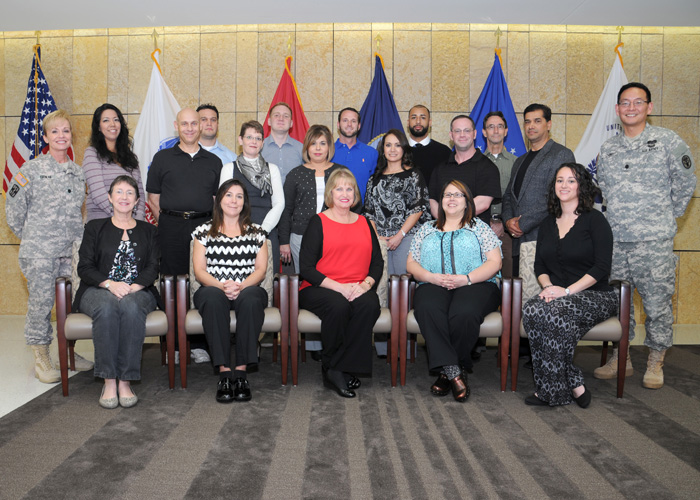Clinical Trials in Burn, Trauma Task Area at USAISR Steadily Progressing Since 2010

The goal that was set was simple: to revolutionize burn and trauma care; prevent, detect and treat organ failure; and accelerate the full functional recovery of the severely injured. That's the goal that the Clinical Trials in Burns and Trauma Task Area at the U.S. Army Institute of Surgical Research Burn Center has been aiming at since its reorganization in 2010. As an active participant of multi-center clinical trials regulated by the Food and Drug Administration with four more trials being developed, the CTBT is on track at achieving its goal.
Lt. Col. Kevin Chung, the CTBT task area manager and an intensivist at the Burn Intensive Care Unit, said burn outcomes have remained relatively unchanged for decades and that prior to 2010, no FDA clinical trials were being conducted at the Burn Center.
"We are now a desirable and sought-after clinical site for participation in FDA clinical trials," said Chung.
"This is a huge step for us," said Col. Booker T. King, director of the USAISR Burn Center. "We care for some of the most severely injured and ill patients in the world, so this platform is the best to find solutions that are needed for the battlefield-wounded."
The clinical trials that have been conducted at the Burn Center include protocols to evaluate a dressing to minimize scar formation; a comparison of an engineered allogeneic human skin to standard care; a comparison of a mesh graft as a device that allows cells to be sprayed on an excised burn wound; and an extracorporeal hemoperfusion device to treat rhabdomyolysis'damaged skeletal muscle cells in the bloodstream that may lead to kidney failure. Hemoperfusion is an extracorporeal device that filters tainted blood and returns it to the body.
"That's because we have the capabilities and personnel to conduct these types of clinical trials," said Clinical Research Coordinator Vicky Hatem.
According to Hatem, the CTBT task area has been steadily growing and consists of a staff that includes clinical research coordinators, quality control and quality assurance specialists, administrative assistants, research managers and primary investigators like Chung.
"We all have our distinct strengths," said Hatem. "We all play off of each other's strengths and that is what has made us a strong and successful task area."
Hatem said that the ongoing and future clinical trials were made possible through the Armed Forces Institute of Regenerative Medicine. Future clinical trials will include a biological skin substitute to treat severe burns; an extracorporeal device to treat sepsis; a drug to treat muscle atrophy in burn patients and the use of a mesh graft with spray-on skin.
"We not only test what is available in the market, but have the researchers at this Institute that are able to develop solutions parallel to what is available to fill in the gaps in burn care," said Chung. "The Army is good at identifying those gaps, but it takes a strong collaboration with industry and academia to get the best and brightest people to find the solutions to fill those gaps."
"I'm proud to be part of this talented team," said Hatem. "I believe that we are doing great work and it takes an innovative team to find novel solutions to treat patients with severe burns and injuries."
"Only the most adequately resourced sites are able to execute these trials," said Chung. "And we are able to do it because our organization has resourced us to support the right staff for the right jobs making all this possible."














